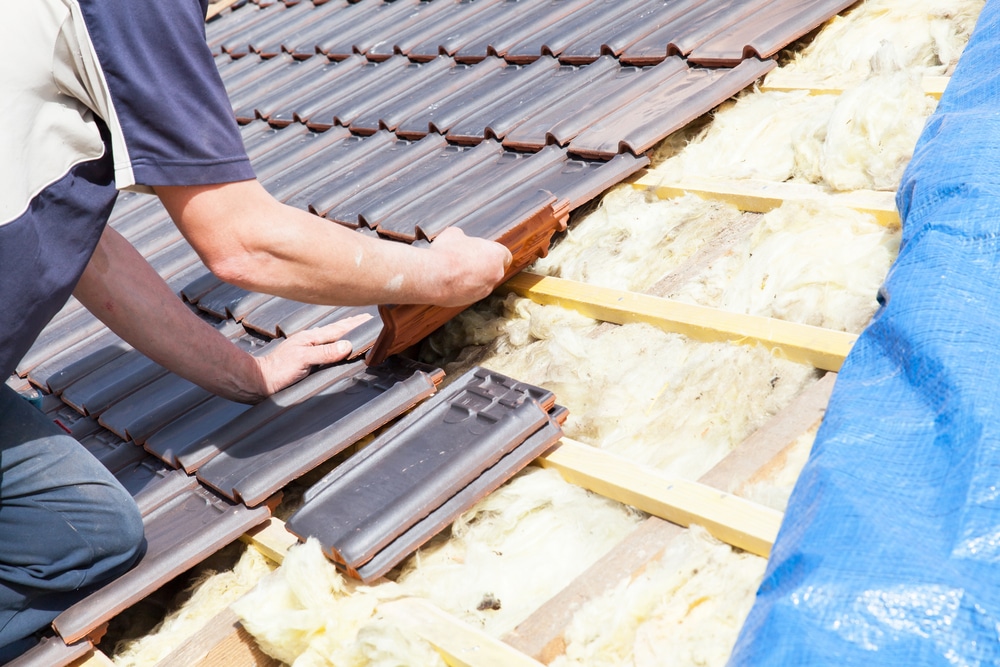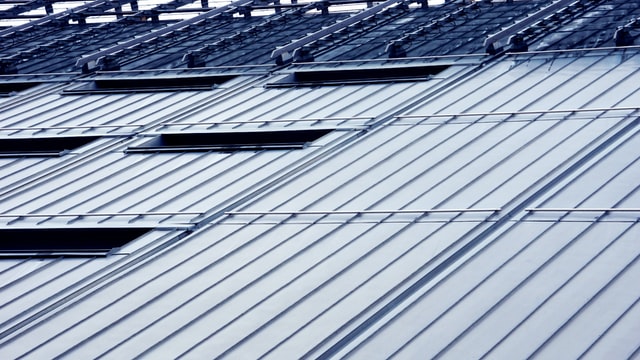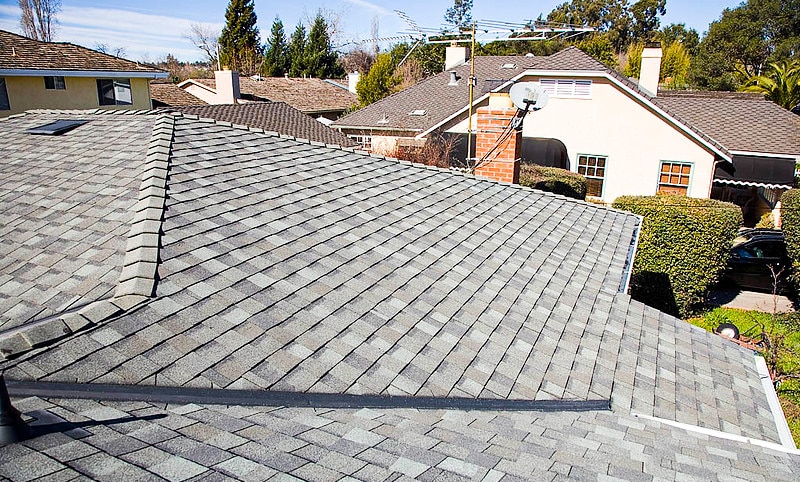Flat roof insulation is a critical component of any building in Arizona. The state’s hot and dry climate poses unique challenges for homeowners, as proper insulation can make the difference between an energy efficient home and one that suffers from skyrocketing utility bills. This article will provide comprehensive information on how to insulate flat roofs in Arizona, including the materials needed and installation procedures.
Insulation also serves other important purposes such as soundproofing, fire protection, and improving indoor air quality. As Arizona residents know all too well, it’s not just about keeping cool during sweltering summer days but also staying comfortable through cold winter nights. Properly installed insulation is essential for achieving both goals while avoiding costly repairs or replacements down the line.
Benefits Of Insulating A Flat Roof In Arizona
Insulating a flat roof in Arizona provides numerous benefits to property owners. The most advantageous effect of insulation is the reduction in energy costs, as it forms a barrier between the interior and exterior environments which minimizes the amount of heat that can pass through it. This decreased level of thermal transference reduces the strain on an HVAC system and allows for more efficient operation. Additionally, improved air quality may be achieved by reducing airborne contaminants from entering the home or building due to less circulation through walls and ceilings.
Insulation also helps protect against water damage caused by condensation build-up, as well as providing noise control from outside sources such as rain, traffic and wind gusts. Furthermore, adding insulation may increase the life expectancy of a roofing material since its application adds thickness which adds structure support and stability to prevent sagging or tears in shingle membranes.

Different Types Of Insulation Materials
When insulating a flat roof in Arizona, one must consider the various types of insulation materials available. In order to achieve effective thermal performance, an appropriate type of insulation for the climate should be chosen. The two most common types of insulation are rigid board and loose-fill or blown-in material. Rigid board is typically made out of polystyrene foam and acts as a barrier between the interior and exterior environment by preventing heat transfer through conduction. It also provides structural support when attached directly to the underside of the joists in a warm deck construction system.
Loose-fill or blown-in installation involves blowing small particles into cavities within walls or ceilings to improve their thermal resistance capabilities. This type of insulation is more efficient at blocking air infiltration than rigid board because it fills gaps that normal batts cannot reach. Both methods can provide high levels of energy efficiency if installed correctly. Ultimately, choosing an appropriate type of insulation depends on factors such as climate zone, budget, building design, and desired level of comfort.
Installation Process
The installation process for insulating a flat roof in Arizona will vary based on the type of insulation material used. In any case, it is important to properly prepare the surface before beginning the job. This includes removing all debris, ensuring that the surface is clean and dry, as well as verifying that there are no signs of damage or deterioration such as holes, cracks, or water leakage. Additionally, when using foam board insulation, an approved vapor barrier must be installed prior to laying down the boards.
Once these steps have been completed, the appropriate amount of insulation can then be cut and laid out onto the roof according to manufacturer’s instructions. Any seams should then be taped with waterproofing tape for added protection against moisture infiltration. It may also be necessary to install protective membrane over top of insulation in order to protect from extreme weather conditions and UV exposure. Lastly, sealant should be applied around edges and penetrations to ensure proper adhesion between materials and prevent air leaks throughout the system.
Factors To Consider When Choosing An Insulation Material
When choosing an insulation material for a flat roof in Arizona, several factors should be taken into consideration. Temperature fluctuations and the amount of moisture present are two important considerations that can determine which type of insulation is best suited to the area. In general, closed-cell foam materials are often used due to their superior resistance to water vapor transmission and ability to withstand extreme temperatures. Open-cell foams tend to provide more effective thermal protection but may not perform as well when exposed to high levels of humidity or moisture.
Another factor to consider is the R-value rating of the chosen insulation material. The higher the R-value rating, the better it will insulate against heat loss or gain from outside sources such as sunlight or wind. Additionally, some materials such as spray foam offer additional benefits including improved air quality by preventing unwanted drafts and providing soundproofing properties. Taking all these factors into account can help ensure that the right choice is made when selecting an appropriate insulation material for use on a flat roof in Arizona.
R-Value Requirements For Flat Roofs In Arizona
When insulating a flat roof in Arizona, it is important to consider the R-value requirements of the area. The R-value measures how well insulation resists heat transfer and indicates its overall effectiveness. In Arizona, the minimum recommended R-value for flat roofs is an R-30 rating. This means that the insulation should have at least 30 times more resistance than noninsulated air does when transferring heat energy. When considering which type of insulation material to use, homeowners must ensure that they select one with a high enough R-value to meet local codes and regulations.
Homeowners can also maximize their savings by using multiple layers of insulation or installing reflective membranes over existing materials. Reflective membranes are made from metalized plastic films and help reduce cooling costs by reflecting infrared radiation away from the home and back into the atmosphere. Installing two or three layers of different types of insulation may also be beneficial as each layer adds additional protection against temperature fluctuations throughout the day. Utilizing these strategies will result in improved efficiency and greater cost savings for homeowners in Arizona who are looking to protect their homes from extreme temperatures.
Benefits Of Professional Installation
The installation of an insulated roof in Arizona requires a certain degree of expertise and knowledge. Professional installers are well-versed in the unique climate demands, materials, tools and techniques necessary for successful insulation. By enlisting the help of experts, one can ensure that their flat roof is properly sealed against air leakage while also providing sufficient thermal protection from extreme weather conditions. Professionals will be able to determine the most suitable type of insulation based on the specific requirements of each individual project. Furthermore, they will have access to high quality products and advanced technology which enable them to provide superior results.
Not only do professional installers offer greater assurance when it comes to performance, but they are also equipped with the skills and experience needed to complete complex projects in a timely manner. They typically possess safety certifications which guarantee both workers’ safety as well as safeguarding against potential damage during installation processes. In addition, expert assistance can significantly reduce costs associated with construction errors and wasted time due to mistakes or misjudgments made by those unfamiliar with such procedures.
Cost Of Installing Flat Roof Insulation In Arizona
The cost of installing flat roof insulation in Arizona varies depending on the specific size and type of insulation needed. Generally, it ranges from around $1 to $2 per square foot. This is a relatively affordable option compared to other types of insulation, such as spray foam or rigid board insulation, which can be significantly more expensive. Additionally, there are several factors that may affect the total installation price including labor costs, material selection and local taxes.
When considering the cost of installing flat roof insulation in Arizona, one should also take into account potential energy savings over time. Due to its reflective properties, an insulated roof will help reduce heating and cooling bills throughout the year by reducing heat gain during summer months and keeping homes cooler in winter months. Furthermore, properly installed flat roof insulation could result in additional tax credits for homeowners when filing taxes each year. Ultimately, investing in quality flat roof insulation now can save money down the road due to reduced utility bills and potential tax benefits.



